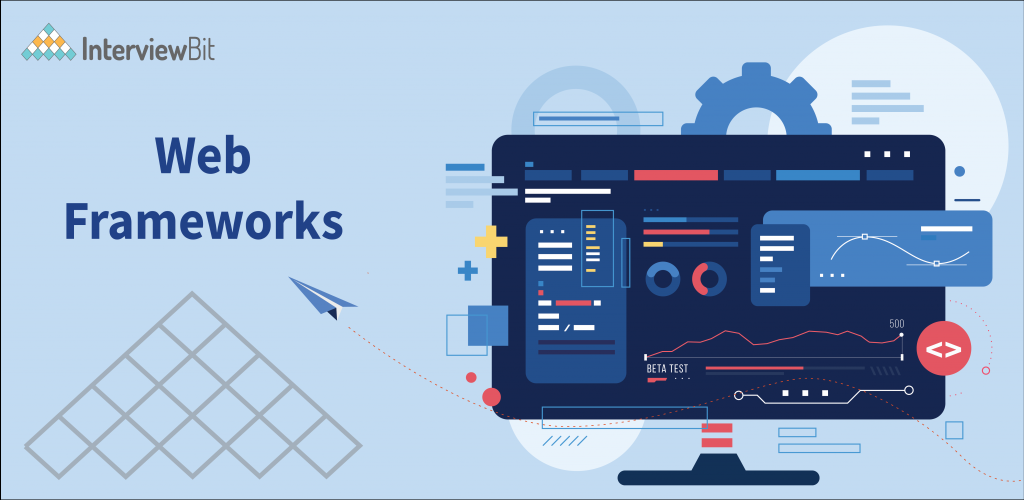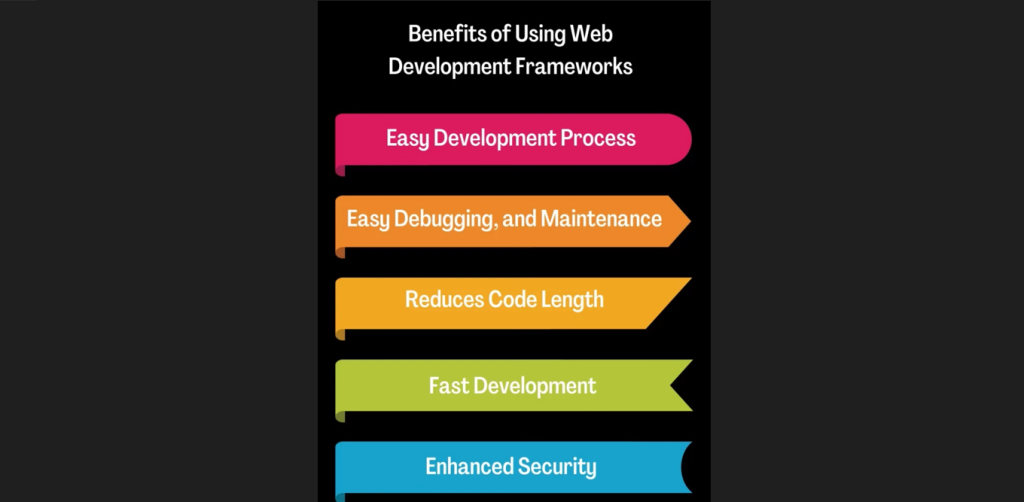Upgrade & Secure Your Future with DevOps, SRE, DevSecOps, MLOps!
We spend hours scrolling social media and waste money on things we forget, but won’t spend 30 minutes a day earning certifications that can change our lives.
Master in DevOps, SRE, DevSecOps & MLOps by DevOps School!
Learn from Guru Rajesh Kumar and double your salary in just one year.
It is a software code libraries and tooling providing a standard way to build & deploy we apps, it abstract repetitive tasks away and provide code reusability.it consist of pre-built structures & pattern for building reliable & maintainable web app

Functionalities
- URL_routing
- caching
- Database connection
- Form management & validation
- Configuration
- Data manipulation
- Web security
Types of Framworks
- Client-Side Web Framework
- Server-Side Web Framework

Client-Side Web Framework
Developers use client-side web frameworks to create and manage user interfaces. Client-Side Frameworks enable the creation of several animation elements using single-page applications.
Each client-side framework has its own set of features and applications. The majority of them use JavaScript language. Some of the popular client-side frameworks are Ember JS, Angular JS, React JS, etc.
Server-Side Web Framework
The Server-side web development frameworks work behind the business logic of a web application. They can handle HTTP requests, improve security, manage databases, route URLs, and simplify the development process by creating the output data.
Benefits of Using Web Development Frameworks
- Easy debugging
- Easy development process
- reduce code length
- fast development
- enhance security
